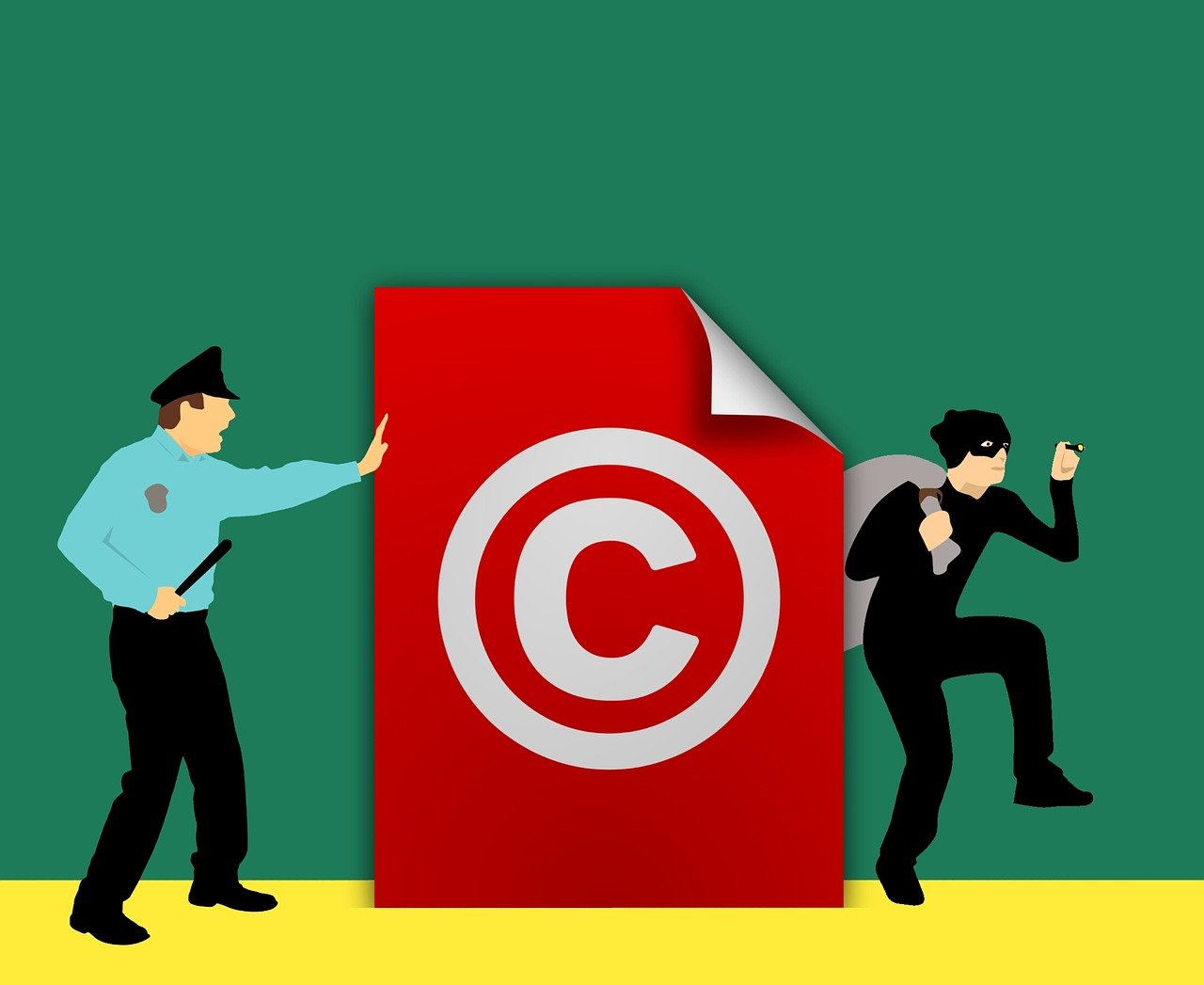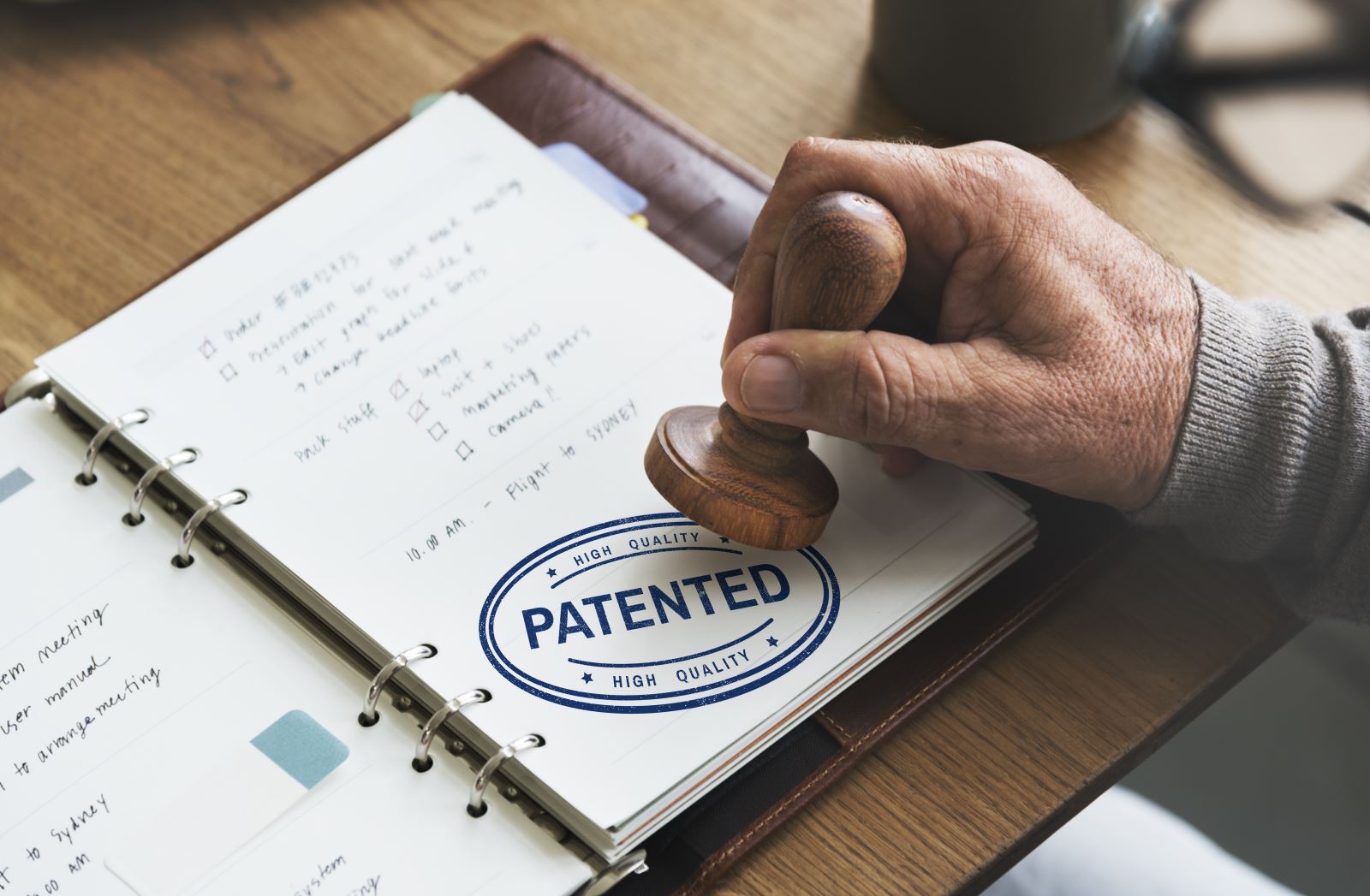Intellectual Property Rights in the United States- How To Protect?

Prior to entering the U.S. market with a brand new product, every company should pay adequate attention to protecting their intellectual property under the law. In fact, safeguarding this intellectual property (IP) surrounding new products is one of the most crucial steps to a successful product launch.
Intellectual property rights can be defined as the rights you have to protect anything you create as a result of your innovative vision. If your ideas have led to the development of something tangible with economic value, you must protect it under the law. This will prevent anyone else from stealing your idea and making money off it.

The various ways in which you can protect your intellectual property depend on the nature of the intellectual property. From copyright and trademark to patents and trade secrets, there are many ways to safeguard your IP. While some intellectual property may just require one type of protection, others may benefit from two or more methods to secure their complete economic benefit.
Identifying the Intellectual Property in Your Product
Before you push for intellectual property rights, you must identify the IP in your product. Generally, intellectual property is referred to as ideas and creations of the mind. And this may take the form of a name, design, or invention.
For instance, your intellectual property may be a new technology incorporated in your product, or it may simply be some creative names for your products or services. Such IP can be protected under U.S. laws in the form of patent rights, trade secrets, copyrights, and trademarks.
So before proceeding, audit your product and see the technology that is in it. In case it has any custom-designed parts, uses specifically engineered software, has a creative name developed by you, make sure to protect it under U.S. laws.
Primary Ways to Protect Your Intellectual Property Rights
1. Copyrights
Copyright protection is typically meant for protecting artistic and literary works. For instance, if you have written any fiction or non-fiction write-up or created an artwork such as a painting or sculpture, you can protect it through copyrights.

Copyright prevents other people from replicating your work and ideas unless they obtain your permission. And if your work has intellectual property rights and even then someone tries to duplicate it, you can file a lawsuit against them.
The duration of copyright protection for IP is the lifetime of the creator in addition to more 70 years.
2. Trademarks
Trademark protection can be applied to a specific logo, word, phrase, picture, or any combination of these. Trademarks are usually marked that uniquely identify a company. If the trademark is applied to a service instead of a product, it is known as a service mark.
Many states in the U.S. offer trademark protection. However, in that case, the mark will only be protected in the specific state where it is registered. For nationwide protection of the trademark, you must apply to register with the United States Patent and Trademark Office (USPTO).
For every registered trademark, you need to file proof that you are still using the mark every 10 years.
3. Patents
Patents are a great way to protect your intellectual property rights. They are mostly available for inventions. For instance, if you have invented a new type of machinery, you can apply for its patent rights. Additionally, you can apply for patents for new processes, new materials, or any modifications of existing patents.

A patent application must also be filed with the United States Patent and Trademark Office. Usually, patents are protected for a period of 20 years.
4. Trade Secrets
Although not very popular and secure, filing trade secrets sometimes helps to protect your intellectual property rights. All you do here is keep your valuable concept or idea a ‘secret’ so it is not figured out by others.
When you file for copyright and trademark, you will need to publically disclose your idea. Similarly, if you file for a patent, you will have to reveal the details of your invention in the patent application process. So, if you don’t want to do any of that, you can simply go ahead with a trade secret to safeguard your IP.
Many times, determining the best way to protect your intellectual property rights can become very complex and overwhelming. It is advisable to hire the services of a good IP attorney who can help you protect your intellectual property rights.
